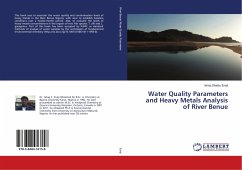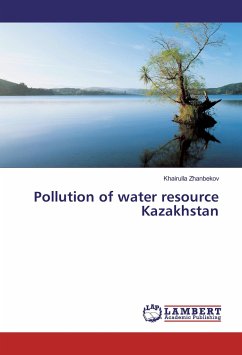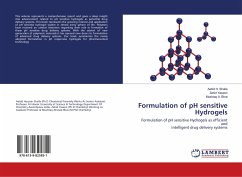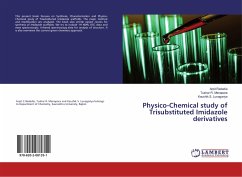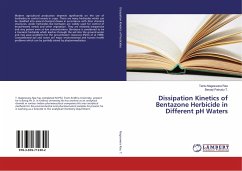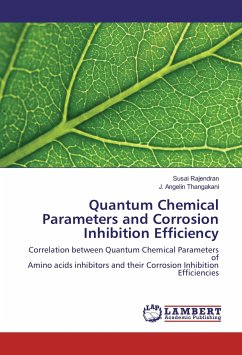Coal mine water is acidic in nature and dissolves the toxic elements like Cd, Pb and Al. Water from river, pond and other sources have shown to be changing in quality parameters, total dissolved solids, suspended solid, PH and conductivity have shown increasing trend. Mine discharged water showed increasing concentration of trace and toxic elements in water discharged from mine. Pb and Cd concentration in soil and water of the Dipika coal are discharge have shown increasing trend. Lilagar river is most affected at the junction of river and mine water, due to pollutional effect of heavy mining. Toxic elements Cu, Pb and Cd have shown high concentration in soil in Dipika coal area. Cd is primary excreated through kidney and Pb is known to have multiple hematotoxic effects. Coal dust from Dipika coal field is integrated to water resources; it affects the ecosystem of the river and its base.


